Smart City: AI for Digital Transformation

In a largely digitized world, artificial intelligence (AI) is a legitimate answer to almost all questions: How can energy consumption and production be better managed? With artificial intelligence. How can mobility problems be solved comfortably? With artificial intelligence. How can productivity in industry be optimized? With artificial intelligence.
It is therefore no surprise that AI is also central to the transformation of cities towards true "smart cities". AI-based digital applications are intended to help make growing cities more sustainable, resilient and livable places.
Cities in transition: Better be smart
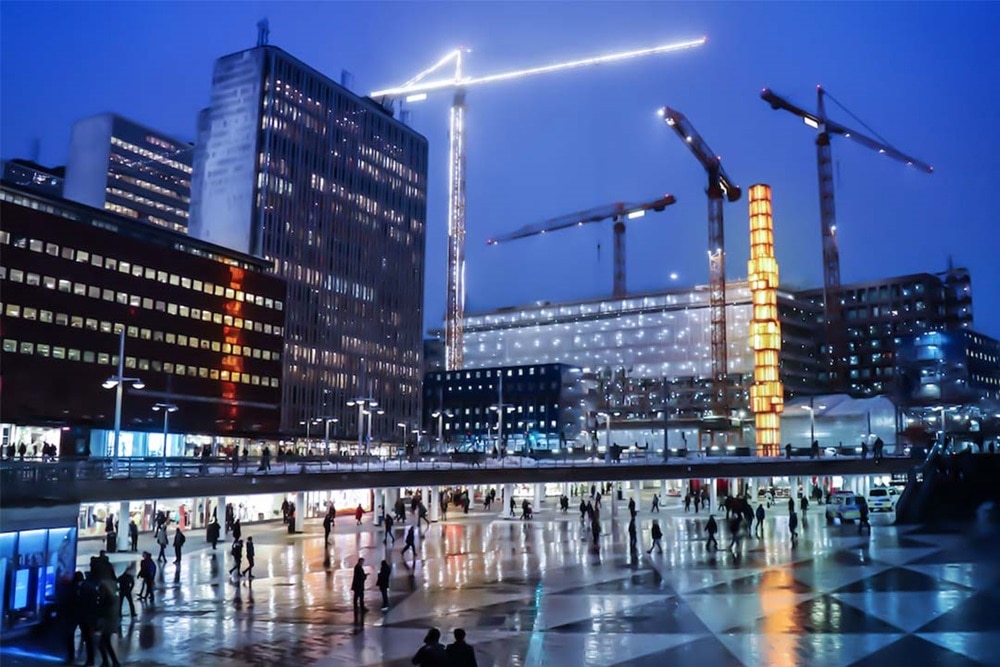
What is certain is that such applications are already being used in various areas of life. For Maimunah Mohd Sharif, Executive Director of the United Nations Human Settlements Programme (UN-Habitat), cities are therefore becoming experimental halls in which the possibilities of new forms of artificial intelligence and automated processes are explored.
So we are even in the middle of the digital transformation of cities: The future has already begun and artificial intelligence is one of them.
On the way to a smart city
Comparing cities with living organisms is certainly not a new idea. But this illustrates the problem faced by many cities around the world that are pursuing a smart city concept: There is a lack of integrated strategies that coherently capture the complex interactions in the city. In Roland Berger's "Smart City Strategy Index" from 2019, this still applied to 90 percent of cities.
On the other hand, the IMD Smart City Index shows that "city smartness" is a big topic and is accordingly being promoted by many cities. Companies, for example, benefit from broadband internet and high-speed connectivity.
For the inhabitants, technology is less important as a direct factor. Nevertheless, they benefit from the opportunities that digitization and artificial intelligence open up for mobility, participation, sustainability, health, education and the quality of life in general:
- In urban traffic, AI can help to optimize traffic flows or design the best possible routes for public transport and other service providers. This results in fewer traffic jams, faster journeys and a reduction in environmentally harmful emissions.
- AI helps public authorities to improve customer service and to process inquiries more reliably. Many standardised administrative processes can be automated, giving staff more time to provide citizens with personal support.
- The police can use AI to solve crimes more quickly. Extensive enquiries, the search for hidden patterns and suchlike are significantly simplified and accelerated.
- In the healthcare sector, AI applications help to improve diagnoses. In drug research, artificial intelligence supports the search for suitable active ingredients for certain treatments or the customisation of medication for optimal therapy.
- Educational offerings – from tutoring to learning content at universities – can be personalised with the help of AI. This creates customised teaching materials that improve the learning experience.
Smarter use of urban data
What role does artificial intelligence play in the development of smart cities? According to research by the ESI ThoughtLab, this is quite a large one:
- 66 percent of 167 cities surveyed in 80 countries said they wanted to invest more in AI in the future,
- 80 percent of the cities surveyed plan to do so within three years.
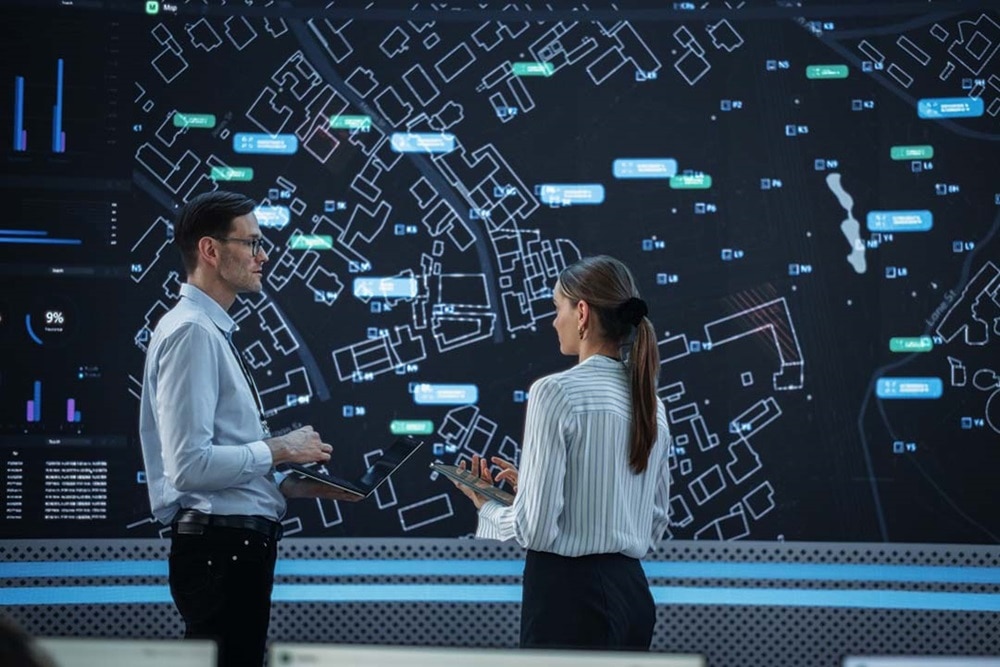
Such technologies are already being used. Digital assistants are being deployed in two-thirds of cities, and the rate for machine learning is just over 70 percent.
The reason is simple: In order to be able to use real-time information from various data sources in a predictive manner and transfer it into sustainable solutions for people, AI and data analysis are the key technologies.
More livable cities – with AI
Philadelphia: Better Roads
Artificial intelligence for traffic management is almost a "classic". However, urban mobility is also dependent on the state of the infrastructure. In Philadelphia, USA, AI and visual machine learning are used to analyze images of almost 2,000 kilometers of roads.
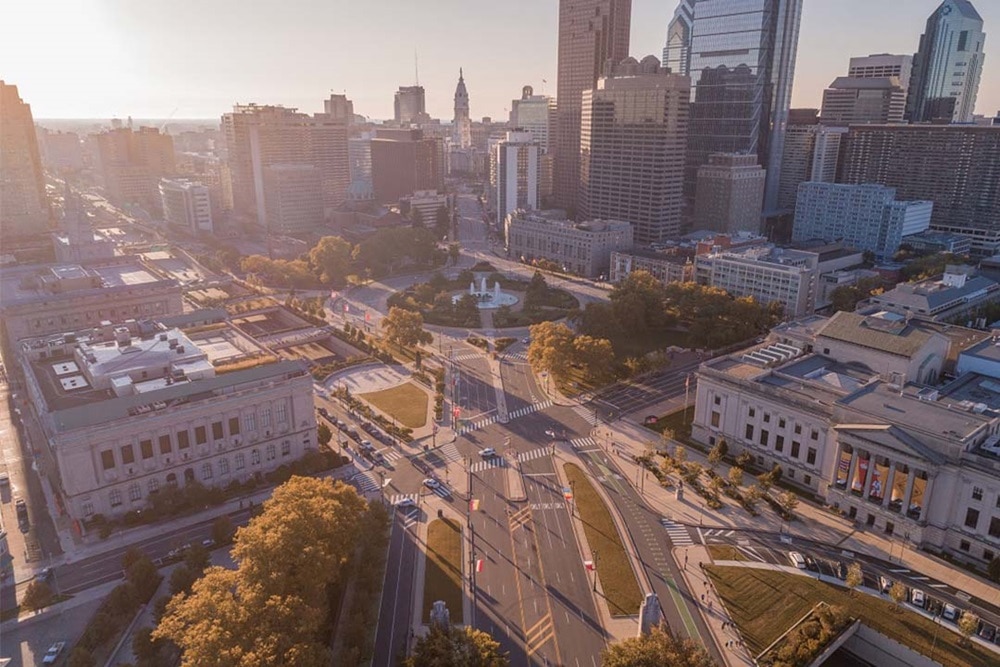
In cooperation with a start-up, the condition of the roads was recorded within three months and a long-term plan for repairs was developed.
In this way, among other things, the maintenance costs for public transport can be reduced – which in turn means that transport prices do not have to be increased.
Cascais: More efficiency
In Cascais, Portugal, technology-based services are part of everyday life. What the city lacked was a complete overview of the most important areas of life such as health, education, energy or public infrastructure in the 12 administrative districts.
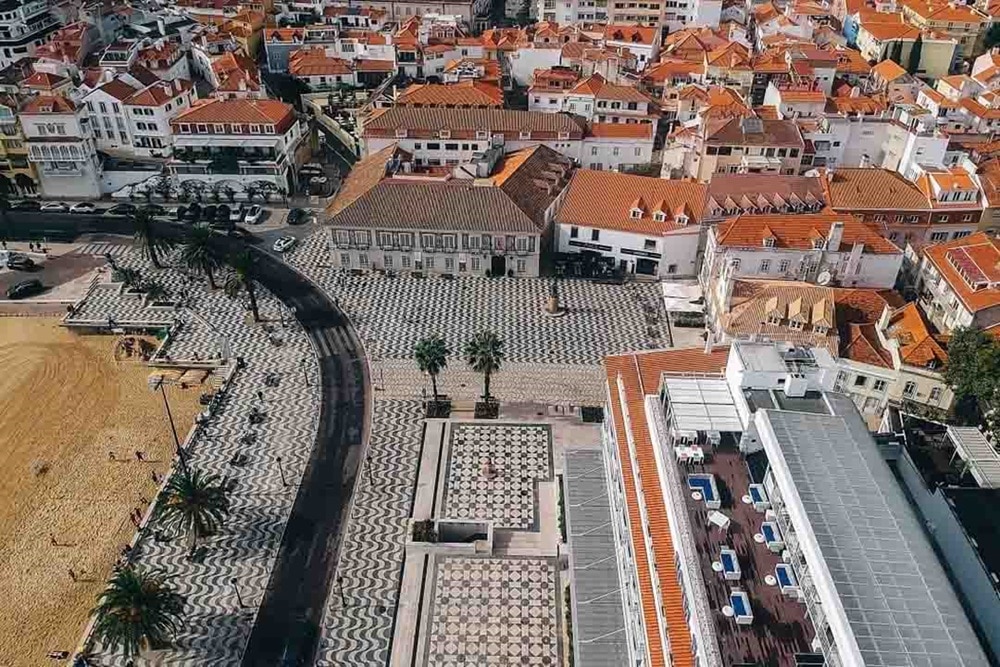
This has changed with the help of a central digital platform. Among other things, "C2" has helped to make the waste system more efficient. Based on real-time traffic data and road conditions, the system adjusts the routes of the vehicles.
This means for more sustainability: 180,000 km of journeys saved, 350 tons less CO2 and a cost reduction of around 600,000 euros – per year.
Vienna: All data everywhere
The Austrian capital Vienna uses the European Commission's Context Broker for its digital city platform. It is designed to provide users with easy, real-time visual information on almost every area of daily life.
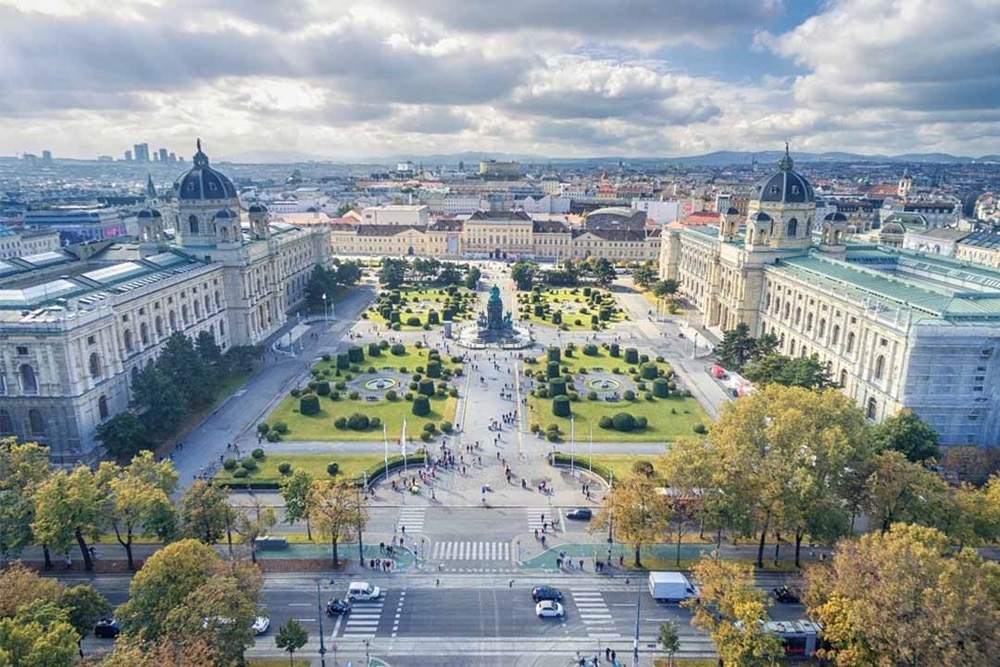
Mobility, environmental monitoring, improvement of energy efficiency and much more are among the platform's areas of responsibility. It provides visualized information for all areas and relieves users of the task of having to laboriously search through the collected data volumes for the desired details.
This way, all data is available without losing the overview.
Innovative pedestrian models with AI
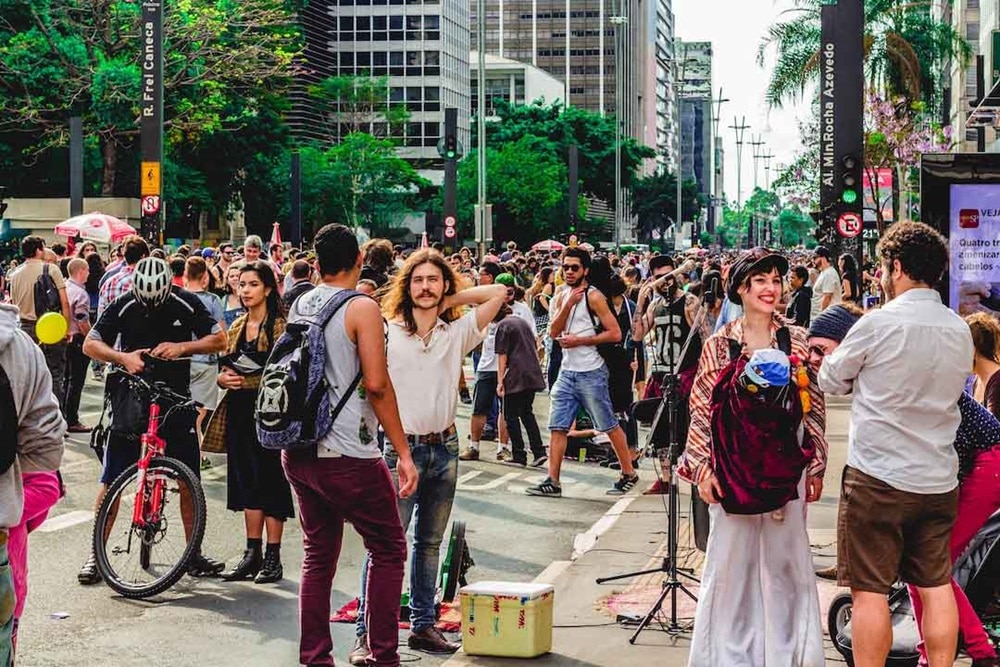
That's why AI-supported solutions are being worked on that can be used to record the movements of crowds in real time in order to direct them if necessary. For example, this is a good way to save guests long waiting times at such large events as music concerts, festivals or sporting events.
Basically, the combination of video data and crowd intelligence analyses offers advantages wherever many people come together. Experts from Forschungszentrum Jülich and the University of Wuppertal tested such technologies at the "Fête des Lumières" in Lyon in 2022. In the U.S., Quantum Corporation and WaitTime are working on "live crowd intelligence" solutions.
More climate resilience with AI
Artificial intelligence also plays an important role in the design of climate-resilient cities – in many respects. AI-supported systems analyze, for example, environmental data (temperatures, air quality, CO2 emissions, etc.). On this basis, measures can be taken to minimize the contribution of cities to climate change. This is especially true by linking this data with intelligent solutions for traffic management, energy supply and much more that has a direct impact on the climate and the environment.
At the same time, such systems help to take faster and better precautions against the consequences of climate change. In disaster risk management (DRM), AI supports early warning systems by monitoring weather trends, analyzing patterns, and detecting deviations.
Artificial intelligence is a key factor in making cities fit for the future and worth living in, even under changing climatic conditions. New solutions are being developed in numerous countries as part of pilot projects and wide-ranging smart city strategies. Some of these are very individualised, while others can be transferred to other cities and scenarios. The various applications have the potential to improve quality of life and drive innovation and thus the economy. AI helps urban regions to become resilient and fit for the future.
